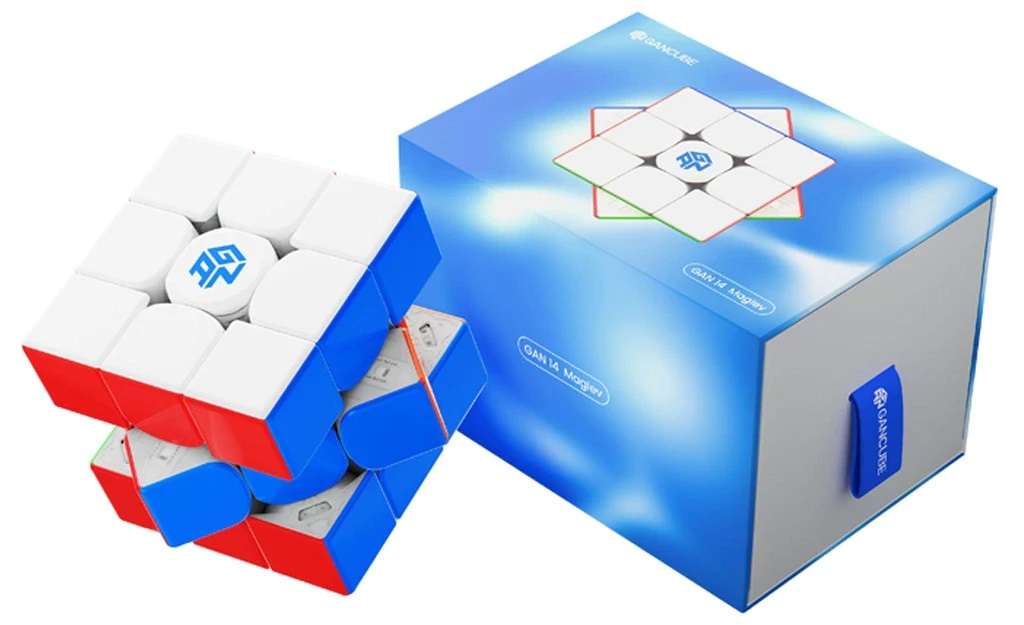Introduction
Generative Adversarial Networks, or GANs, are a remarkable innovation in the field of artificial intelligence that has unleashed the creative potential of machines. These ingenious systems have the ability to generate art, music, and a wide range of content that blurs the line between human and machine creation. In this blog, we’ll dive into the captivating world of GANs, exploring their functioning, applications, and the impact they have on the creation of art and music.
Understanding GANs: The Duel of Creation
GANs are a type of neural network that was introduced by Ian Goodfellow and his colleagues in 2014. The unique aspect of GANs is that they consist of two neural networks: the generator and the discriminator. These two networks engage in a dueling process, where one attempts to create content (the generator), and the other strives to distinguish between real and artificially generated content (the discriminator).
How GANs Work
- Generator: The generator starts with random noise and, through a series of layers and transformations, creates data that should resemble the desired output. Whether it’s an image, music, or text.
- Discriminator: The discriminator’s role is to examine the generated data and the real data. It then assigns a probability score, determining the likelihood that the given data is real.
- Training Process: The generator’s aim is to improve its content creation to the point where it can fool the discriminator into thinking its output is real. Meanwhile, the discriminator continually refines its ability to distinguish real from fake content.
This adversarial process of creation and evaluation continues until the generator produces content that is virtually indistinguishable from real data.
Creating Art with GANs
GANs have revolutionized the art world by allowing machines to generate paintings, drawings, and digital art. Artists and researchers have used GANs to create stunning and surreal images. GANs can imitate the style of famous artists, generate entirely new artistic styles, and even combine different art forms.
Music Composition with GANs
Music is another creative domain where GANs are making a significant impact. These networks can generate musical compositions, imitate the style of famous composers. And even create original pieces based on specific themes or emotions. GANs have opened up new possibilities for musicians, film composers, and music enthusiasts.
Applications Beyond Art and Music
GANs have applications beyond the creative realms. They are used in:
- Image-to-Image Translation: Transforming satellite images into maps, black-and-white photos into color, and more.
- Super-Resolution: Enhancing the quality of images, making them sharper and more detailed.
- Text-to-Image Generation: Creating images based on textual descriptions.
- Face Aging and Deaging: Showing how a person’s face might age or deage over time.
- Data Augmentation: Generating additional data for training machine learning models.
Challenges and Ethical Considerations
While GANs are a testament to the creative capabilities of machines, they also raise ethical concerns, including the potential for deepfakes and copyright issues. Ensuring responsible and ethical use of GANs is an ongoing challenge in the field of artificial intelligence.
Conclusion: The Rise of Creative Machines
Generative Adversarial Networks have given rise to creative machines that can compose music, create art, and generate content that challenges the boundaries of human and machine creativity. As GANs continue to evolve, we can anticipate a future where the line between human and machine-generated content blurs even further, opening new horizons for artistic expression and creativity.
For more updates stay with boardofjobs.com


